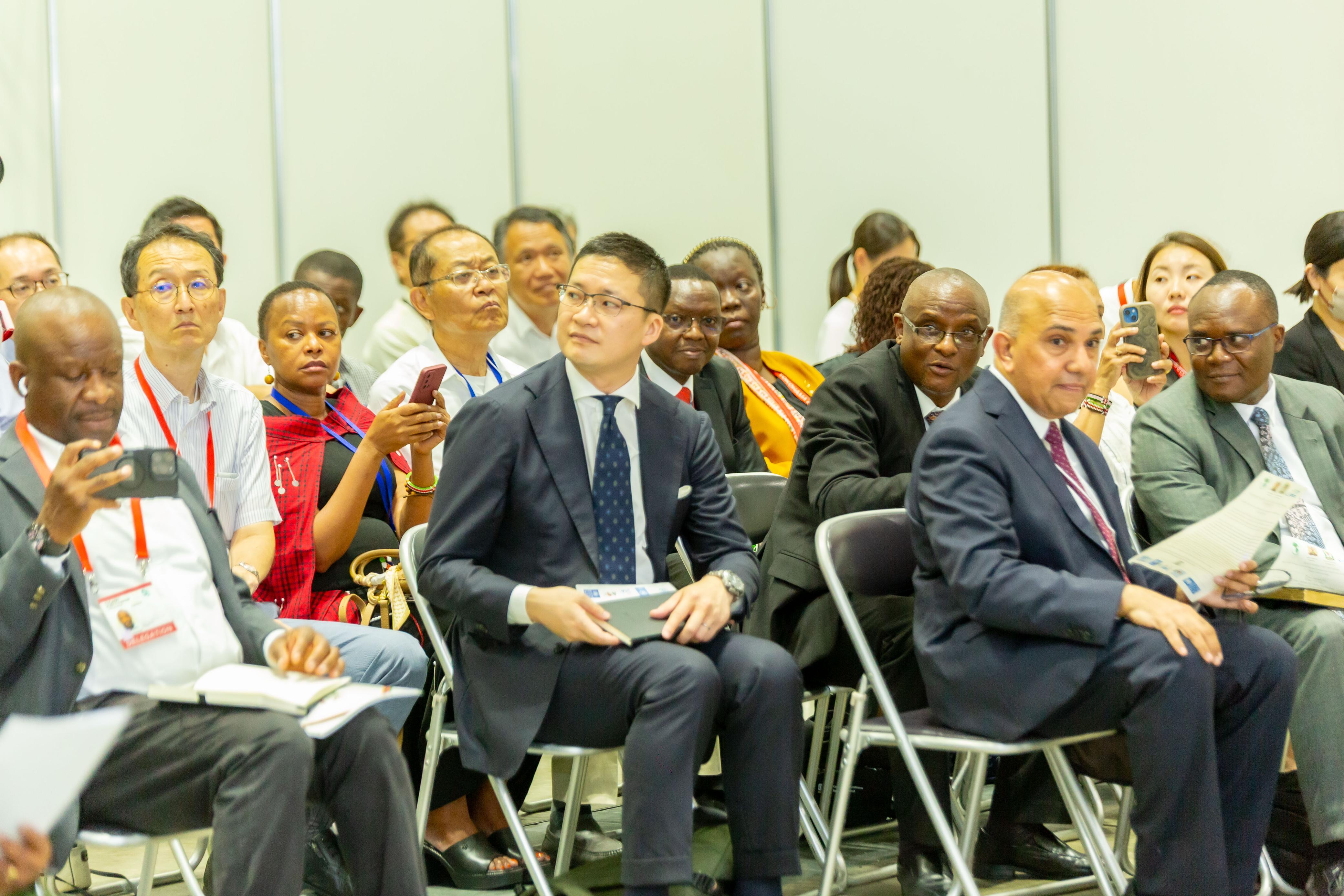
UN offices whose headquarters are set to relocate to Nairobi
The three agencies are currently based in New York
It will also act as an international hub in Africa for academic institutions from all around the world.
In Summary

Audio By Vocalize

Kenya will soon host a Sh650 million
regional command and control centre in Nairobi that will coordinate efforts to
fight wildlife crime, illegal logging, zoonotic diseases and agro-pastoral
conflicts across Africa.
President William Ruto announced the plan on Wednesday during a side event at the 9th Tokyo International Conference on African Development (TICAD 9) in Yokohama, Japan.
Themed 'Command and control centre and digital public infrastructure addressing human-nature conflicts in Africa', the event brought together African leaders, Japanese partners and global stakeholders in conservation and governance.
The new facility, to be hosted at the Lusaka Agreement Task Force (LATF) headquarters, will serve as Africa’s hub for digital monitoring of environmental threats and human-wildlife conflicts.
It will also host international researchers and academic institutions producing evidence-based reports to guide policy on biodiversity and conservation.
Ruto said Kenya had already allocated land for the project, which is expected to create at least 100 jobs, and called for Japan’s support in funding and equipping the facility.
He described the initiative as a landmark in the use of technology to enhance environmental governance and community protection.
“To further enhance digital public infrastructure (DPI) in Kenya and the region, my government is supporting the construction and equipping of a regional digital command and control centre,” Ruto said.
“This initiative will not only enhance environmental conservation but also deliver justice and compensation to communities affected by human-wildlife conflict.”
Ruto said Kenya is the first country in Africa to digitise wildlife conflict compensation data, making claims and payments more efficient and transparent.
He said the integration of administrative, financial and environmental datasets under the DPI system marks a watershed moment in Africa’s conservation journey.
Tourism and Wildlife CS Rebecca Miano hailed the project as a “bold and much-needed step” in addressing human–nature conflicts, which she said are being worsened by climate change, habitat loss and land-use pressures.
“Kenya, like many African nations, grapples with the realities of human–wildlife conflict, the complexity of transboundary conservation, and the persistent threat of wildlife crime. These are not challenges that any one country can tackle in isolation,” she said.
Miano said the centre would enhance early warning systems, intelligence sharing and rapid response capabilities. It will integrate data from national parks, conservancies and enforcement agencies, strengthening cooperation across borders.
Kenya has in recent years invested heavily in digital tools for conservation, including drone monitoring, GPS wildlife tracking, and digitised reporting systems.
Miano said such innovations have improved surveillance, reduced poaching incidents and promoted accountability in human-wildlife conflict compensation claims.
The facility will also cement Kenya’s leadership role within the LATF, a multilateral agreement signed in 1994 to combat the illegal trade in wildlife.
Six African countries—Kenya, Tanzania, Congo-Brazzaville, Zambia, Lesotho and Liberia—are members of the task force, which is supported by the United Nations and other donors.
The Nairobi centre is expected to strengthen regional cooperation and position Africa as a global leader in using technology to address biodiversity and environmental challenges.
TICAD 9, co-organised by Japan, the UN, the World Bank and the African Union, is focusing on connectivity, digital transformation and sustainable development.
For Kenya, the command centre
represents not only a technological leap but also a commitment to protect
natural heritage while creating opportunities for youth through conservation-related
jobs.
Instant analysis
LATF is spearheading the establishment of a regional command and control centre and digital public infrastructure to address some of the challenges. Given the interconnected nature of Africa’s landscapes and governance systems, this must be underpinned by a digital public infrastructure linking wildlife, customs, immigration and policing sectors to enable seamless, cross-border collaboration. A regional command and control centre is essential to carry out in-depth analysis and research based on the primary data.

Delegates follow proceedings during TICAD 9.

The three agencies are currently based in New York